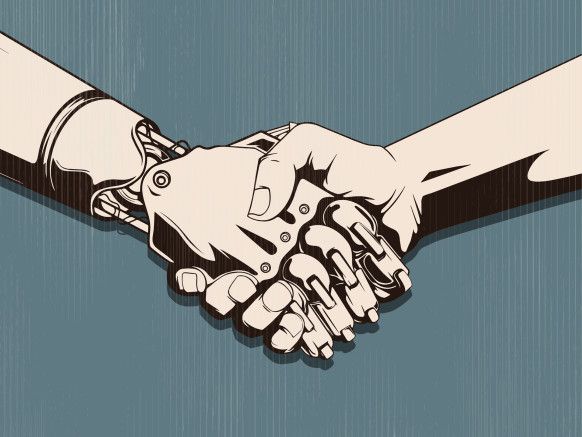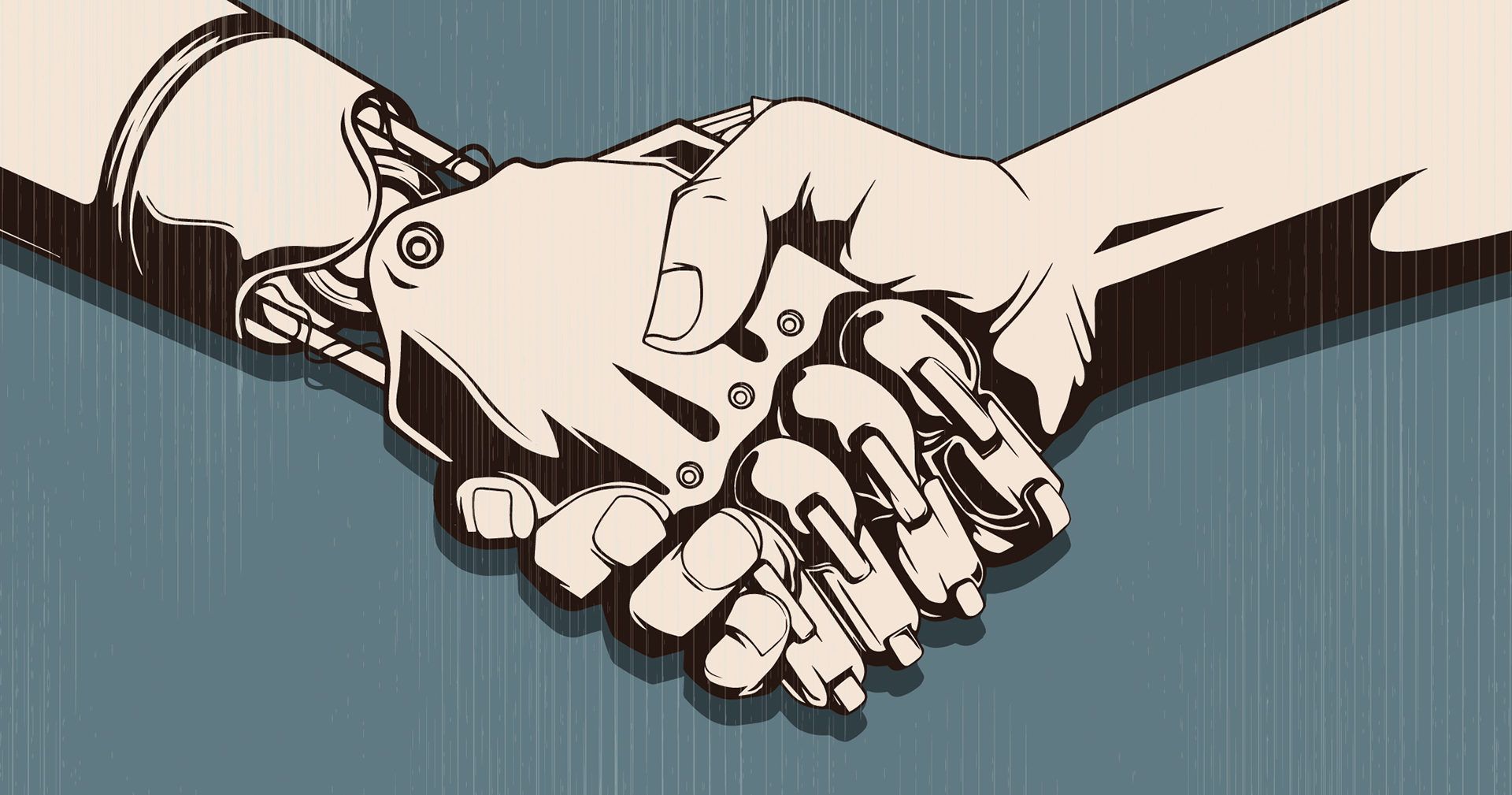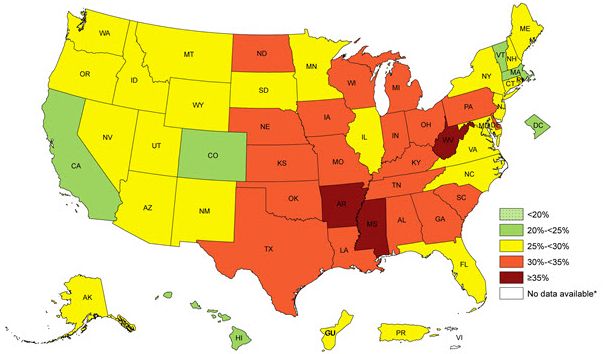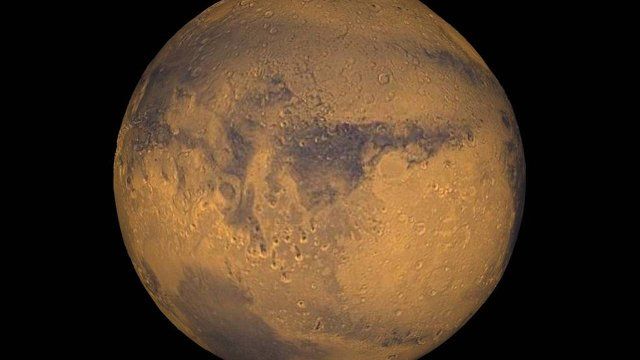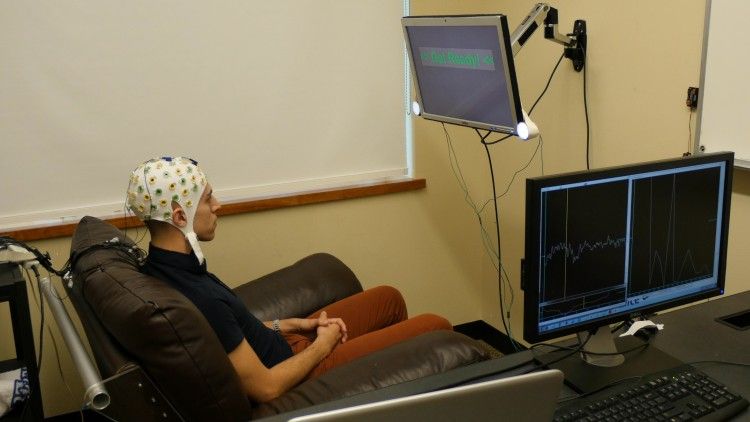Page 12009
Sep 25, 2015
New ‘stealth dark matter’ theory may explain mystery of the universe’s missing mass
Posted by Sean Brazell in categories: cosmology, supercomputing
A new theory that may explain why dark matter has evaded direct detection in Earth-based experiments has been developed by team of Lawrence Livermore National Laboratory (LLNL) particle physicists known as the Lattice Strong Dynamics Collaboration.
The group has combined theoretical and computational physics techniques and used the Laboratory’s massively parallel 2-petaflop Vulcan supercomputer to devise a new model of dark matter. The model identifies today’s dark matter as naturally “stealthy.” But in the extremely high-temperature plasma conditions that pervaded the early universe, it would have been easy to see dark matter via interactions with ordinary matter, the model shows.
Sep 25, 2015
AI Helps Humans Best When Humans Help the AI — By Cade Metz | Wired
Posted by Odette Bohr Dienel in category: business
Sep 25, 2015
AI Helps Humans Best When Humans Help the AI
Posted by Albert Sanchez in category: robotics/AI
Artificial intelligence has come a long way. But as virtual digital assistants proliferate, they often need a non-digital assist.
Sep 25, 2015
First brain-to-brain ‘telepathy’ communication via the Internet
Posted by Sean Brazell in categories: internet, neuroscience
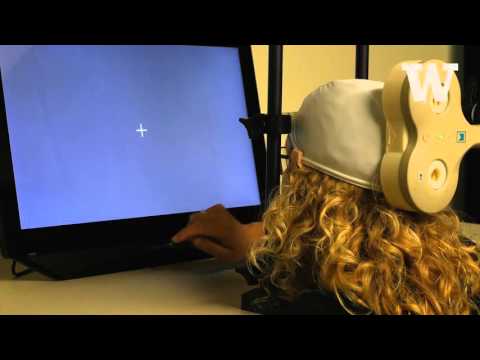
University of Washington graduate student Jose Ceballos wears an electroencephalography (EEG) cap that records brain activity and sends a response to a second participant over the Internet (credit: University of Washington)
The first brain-to-brain telepathy-like communication between two participants via the Internet has been performed by University of Washington researchers.
Sep 25, 2015
A new class of anti-obesity compounds with potential anti-diabetic properties
Posted by Sean Brazell in category: biotech/medical
Prevalence of Self-Reported Obesity Among U.S. Adults by State and Territory, BRFSS, 2014 (credit: Behavorial Risk Factor Surveillance System/CDC)
A molecule known as MnTBAP has rapidly reversed obesity in mice and could be effective for humans in the future, according to researchers from Skidmore College and the Perelman School of Medicine at the University of Pennsylvania.
Sep 25, 2015
NASA to Make Mystery Announcement about Mars on Monday
Posted by Sean Brazell in category: space
Sep 25, 2015
Watch: Paralysed man walks again via brain waves rerouted to his legs
Posted by Shailesh Prasad in categories: biotech/medical, computing, neuroscience
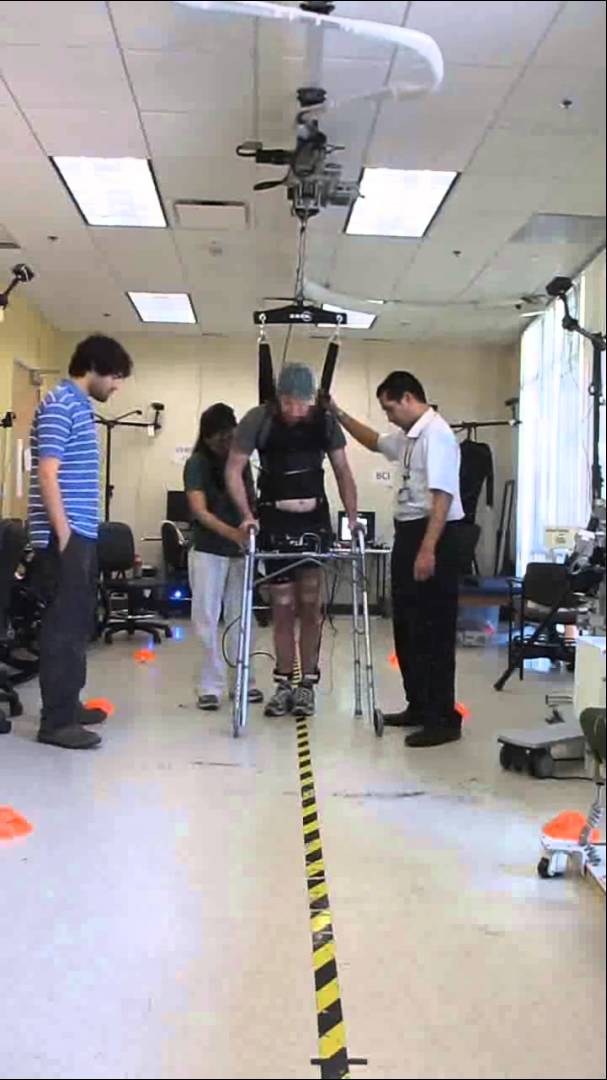
A paraplegic man who was paralysed for five years has walked again on his own two feet, thanks to a new kind of brain-computer interface that can reroute his thoughts to his legs, bypassing his spinal cord entirely.
The anonymous man, who experiences complete paralysis in both legs due to a severe spinal cord injury (SCI), is the first such patient to demonstrate that brain-controlled overground walking after paraplegia due to SCI is feasible.
Continue reading “Watch: Paralysed man walks again via brain waves rerouted to his legs” »
Sep 25, 2015
Humans In Different Buildings Linked Brain-To-Brain
Posted by Shailesh Prasad in category: neuroscience
Sep 25, 2015
Lab-grown kidneys shown to be fully functional in animal recipients
Posted by Shailesh Prasad in category: biotech/medical
The past few years have been marked by the proliferation of lab-grown organs, including limbs, livers, skin, heart tissue, and yep, even penises. But piecing together an organ, cell-by-cell, in a way that resembles the real thing is only half the challenge — you’ve actually got to make it work as part of several incredibly complex systems in a living, breathing organism. And that’s where most attempts fall flat.
But researchers in Japan have managed to grow fully functioning kidneys in the lab, and when transplanted into pigs and rats, they filtered out urine just like a natural kidney. Built using stem cells that had been extracted and then incubated in the animal recipients, the kidneys point to the possibility of lab-grown kidneys for humans in the future.
Led by Takashi Yokoo from the Jikei University School of Medicine in Tokyo, the team figured out how to overcome a challenge they’d faced previously with these lab-grown kidneys: they were good at processing urine, but instead of passing it into the natural ureter, they ballooned dangerously under the pressure.

